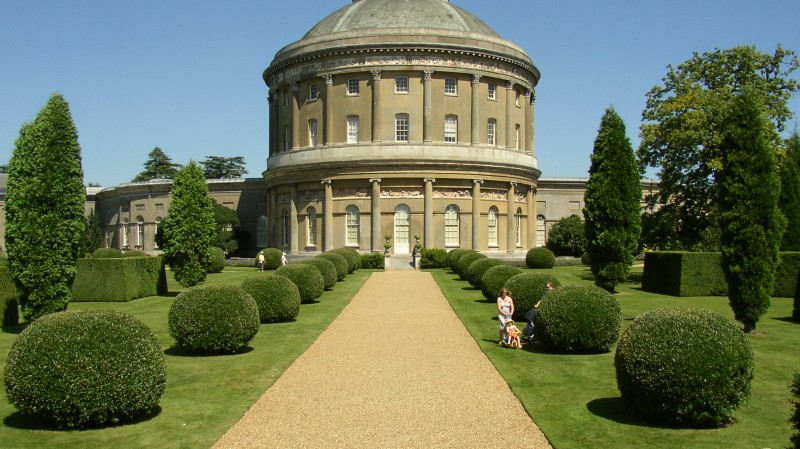You are here: Listed Buildings
What is a listed building?
On estate agents’ details, the description “Grade II listed” gives instant status and can add value to a property but what does it mean exactly?
A building which has been listed is one that has been placed on a statutory National Heritage list. “It marks and celebrates a building’s special architectural and historic merit,” say Historic England, the historic buildings and monuments commission. The aim is to identify and protect the most important buildings in the country for future generations. There are about half a million listed buildings in the UK from cottages to castles and from mills to mansions.
Older buildings are more likely to be listed. All buildings built before 1700 are listed if they survive in something like their original condition as are many period properties built between 1700 and 1840, say Historic England. After that fewer buildings are listed because survival rates are higher.
There are three main categories of listed building in England and Wales
Grade I –exceptional interest or A (Scotland and Northern Ireland)
Grade II* - particularly important of more than special interest or B (Scotland) or B* (N. Ireland)
Grade II –of special interest or C (Scotland) or B1/B2 (N.Ireland)
More than 90 per cent of properties are in the lowest grade II category, 5.5 per cent are Grade II* and just 2.5 per cent Grade I
The listing status applies to the whole property – interior, exterior and ancillary structures, such as walls, gates, barns and stables.
The statutory list of buildings of special architectural and historic interest is maintained in England by English Heritage, in Wales by Cadw, in Scotland by Historic Scotland and in Northern Ireland by Northern Ireland Environment Agency.

Owning a listed building comes with certain responsibilities
How will listing affect me?
On top of following the normal planning rules you will need to get listed building consent for any work – demolition or alterations - that may affect its special character as a listed building. Remember you are a guardian of history. There are more restrictions on what you can and can’t do.
In other words, there is less opportunity to stamp your identity on a listed building. Owners need to be prepared to deal with conservation officers who may refuse plans for a satellite dish on an old cottage, for example or painting the exterior of a Georgian terrace home your favourite colour pink.
There are no set rules. Each building is considered on an individual basis. English Heritage warns it is vital when in doubt to consult your local authority’s conservation officer. It says up to 90 per cent of listed building consents are approved. When alterations are permitted, owners can in some cases be required to use particular materials and techniques. Typical alterations that need listed building consent include knocking down internal walls and replacing windows and doors.
Is it difficult to extend a listed building?
English Heritage says listing is not a preservation order, preventing changes. “It doesn’t freeze a building in time.” But getting planning permission can sometimes be more difficult. If the appeal of a property hinges on being able to remodel or extend, it is vital to get professional advice before buying and understand the risk that permission may be refused or delayed. It can take time to negotiate with conservation officers to strike a balance between updating for modern convenience and preservation of a historic building. Grade II listed applications are made in the first instance to the local authority. English Heritage only gets involved in cases of Grade II* and Grade I.
Are grants available?
It is possible to obtain grants for the work to listed buildings but they are scarce. See English Heritage site for more details English-heritage.org.uk
Will I need expert help?
It will significantly increase your chances of success to consult and use local architects and surveyors with experience of working with historic buildings as they are likely to have good working relationships with council planning and conservation officers as well as detailed technical knowledge of listed building consent. “Architects are highly skilled and professionally trained to turn your aspiration into reality,” says the Royal Institute of British Architects (RIBA). It could save you a lot of time and reduce the stress of repeat applications. Ask to see examples of similar listed buildings where they have successfully won approval for major extensions.
If you are looking for help with a project for a Listed Building, you may need help from some of the following experts. Clicking on the links below will instantly give you contact details for Experts in your local area:
Historic Buildings
Find local experts
Architectural Design Services
Find local Architectural Design experts
Archaeological Surveys
Find local Specialists to advise on Archaeological Surveys
Builders
Find local help with a building project

